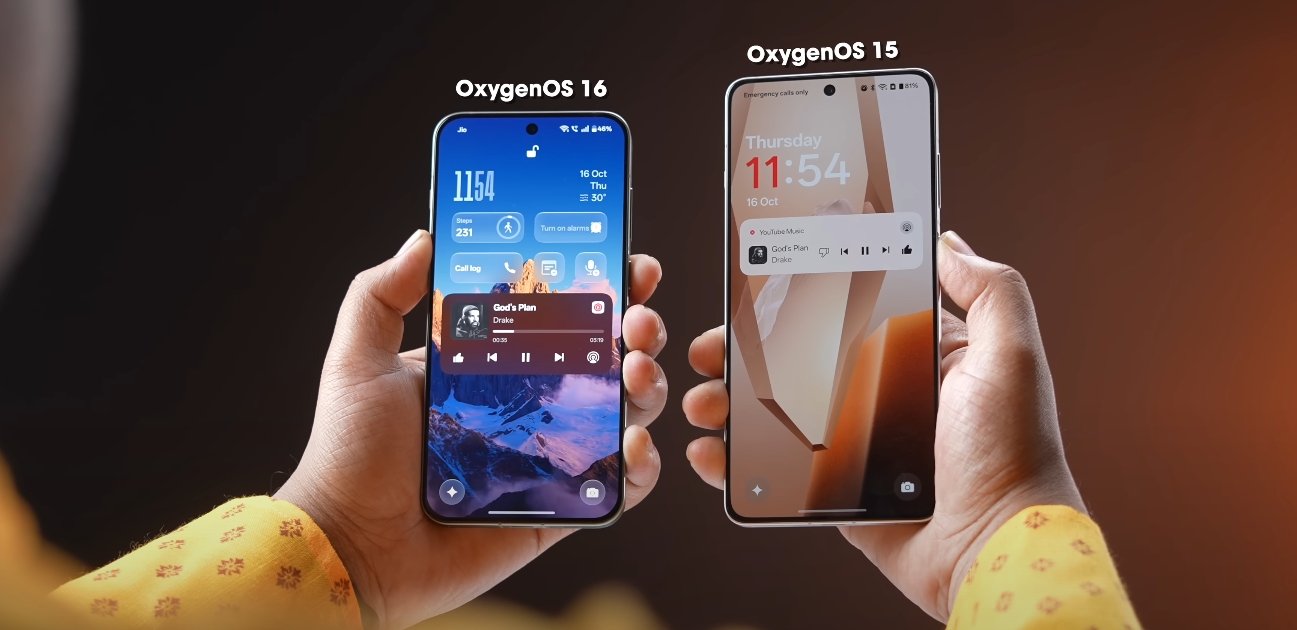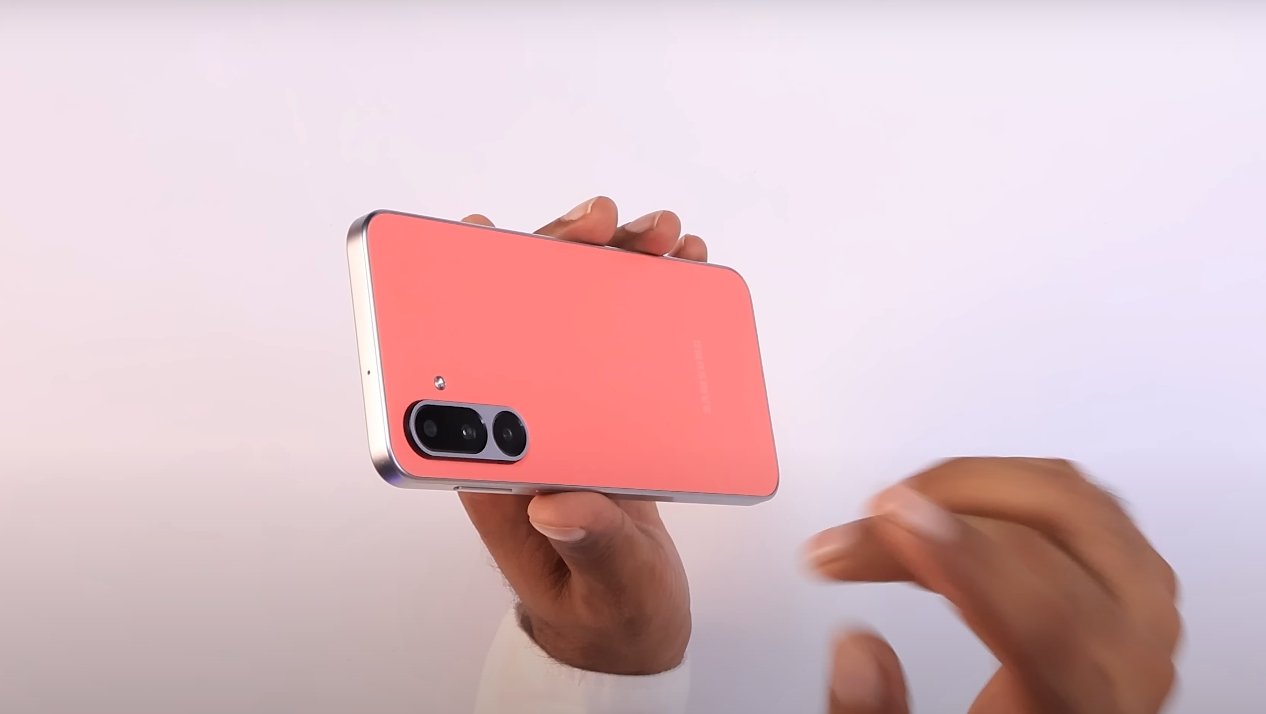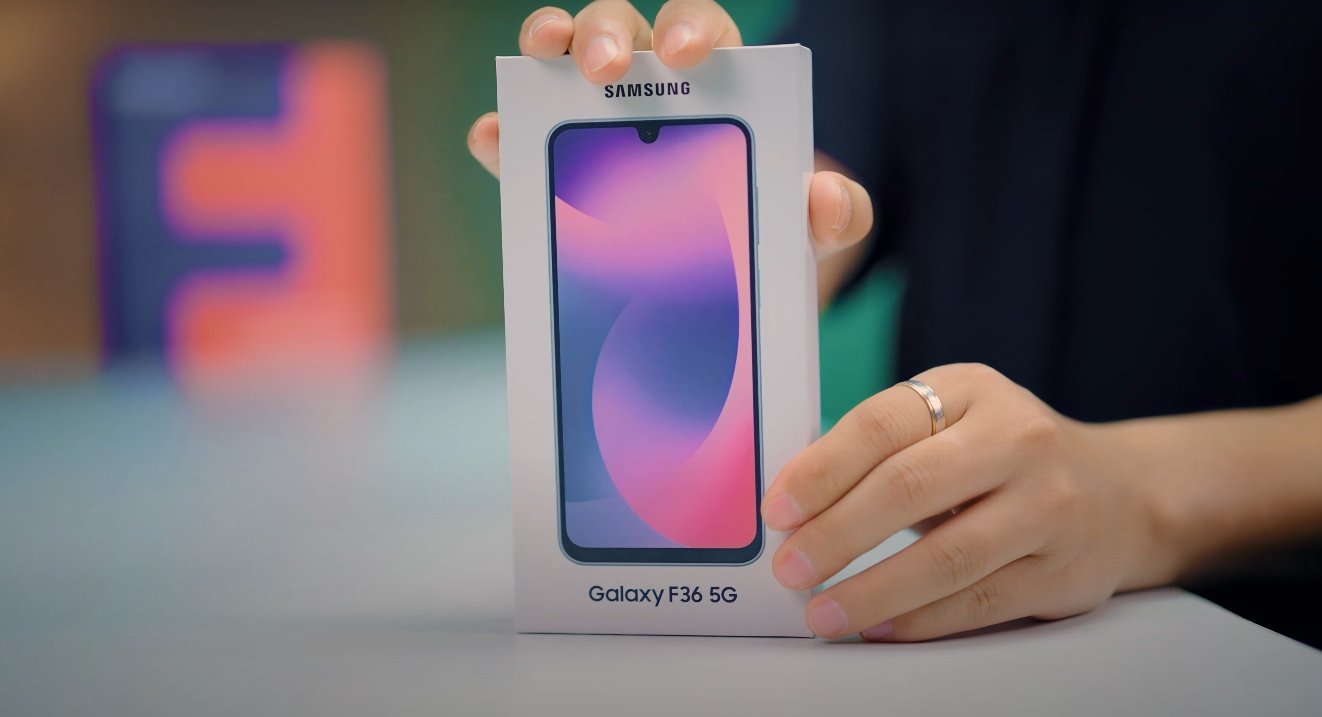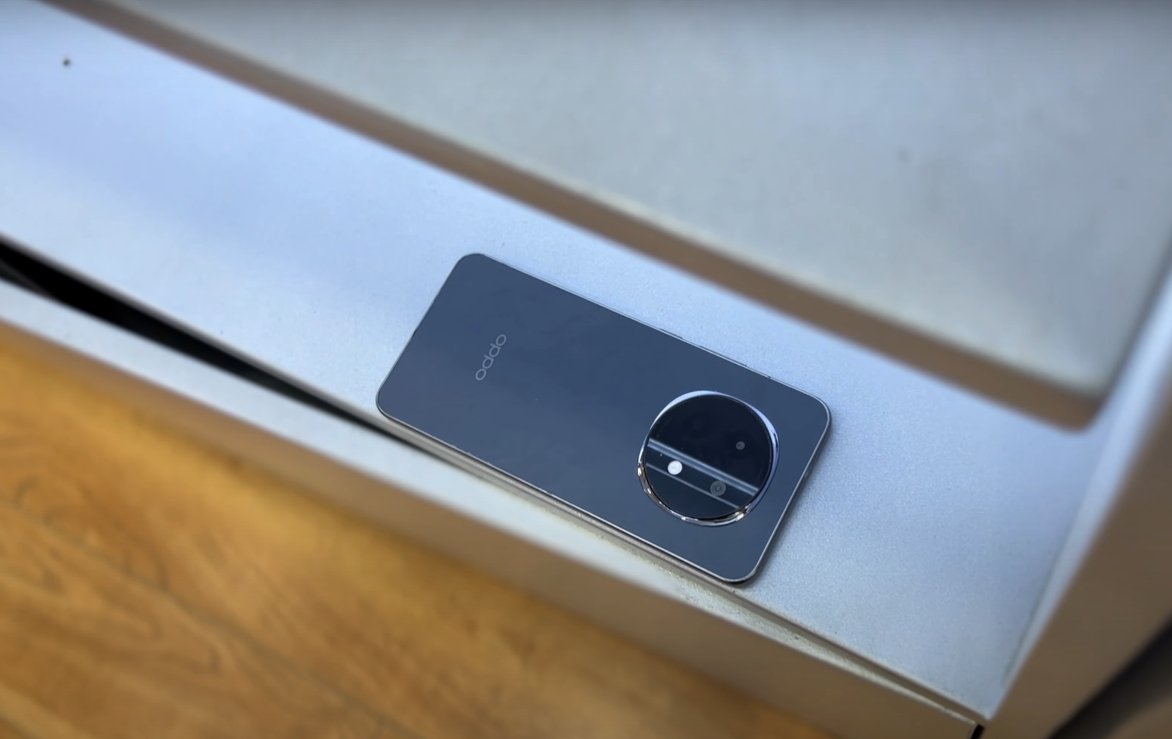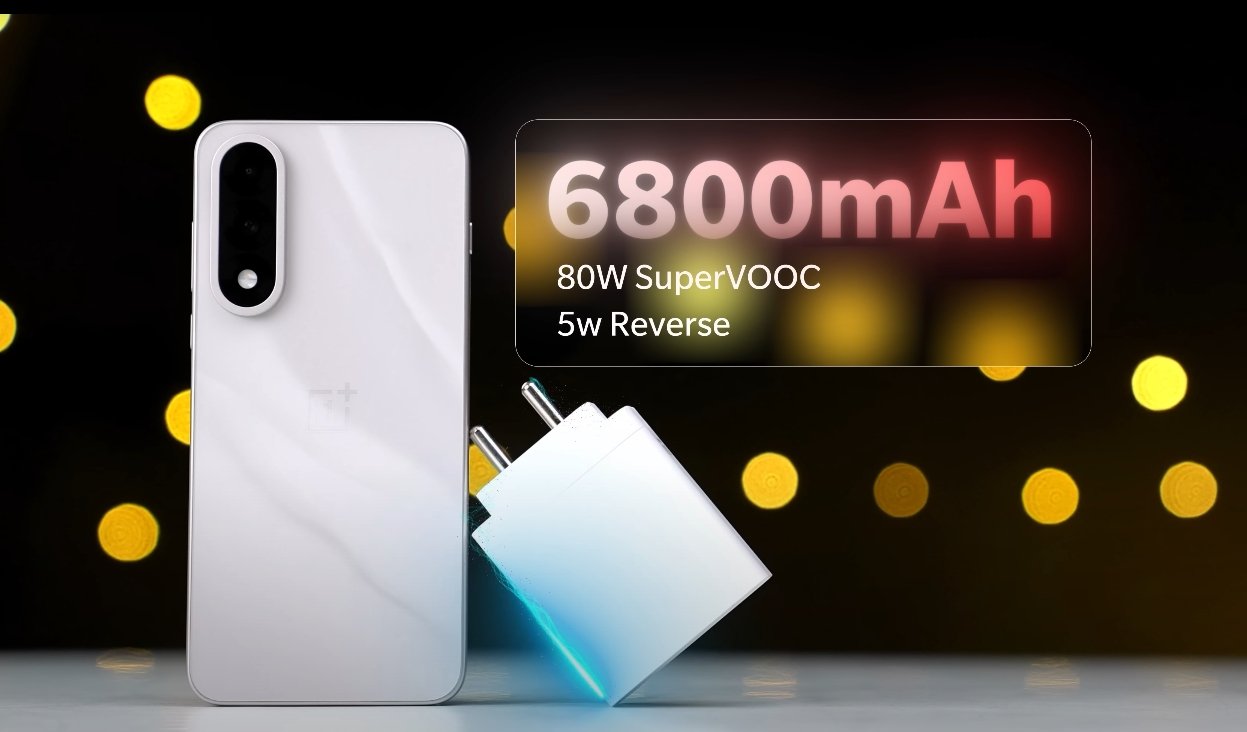Comparing OxygenOS 16 and iOS 18: Smoothness and User Interface
OxygenOS 16 and iOS 18 represent the latest iterations of OnePlus and Apple’s mobile operating systems, respectively. Both updates focus on improving smoothness, responsiveness, and the overall user interface experience. While OxygenOS 16 is built on Android 16 with OnePlus’s customization layer, iOS 18 continues Apple’s approach of a tightly integrated and optimized ecosystem. Comparing these two operating systems provides insight into how design philosophies and software optimization impact daily usability.
Smoothness and Responsiveness are key areas of comparison. iOS 18 is known for its consistent frame rates and minimal latency in animations and transitions, providing a fluid feel across system apps and third-party applications. Users report near-instantaneous responses to touch gestures and app launches, contributing to the perception of a polished, premium experience. OxygenOS 16 has made significant strides in this regard as well. Through improved RAM management, optimized GPU and CPU resource allocation, and refined system animations, devices running OxygenOS 16 deliver smooth transitions and responsive multitasking, narrowing the gap with iOS in perceived fluidity.
User Interface Design is another area where the two operating systems differ. iOS 18 emphasizes simplicity, uniformity, and minimalism, with a consistent icon style, streamlined notifications, and a clean layout for system apps. The interface is predictable and reduces cognitive load, making it easy for new users to adapt. OxygenOS 16, on the other hand, balances aesthetic flexibility with functionality. Features like Flux Themes 2.0, dynamic wallpapers, customizable lock screen widgets, and system-wide icon theming give users more control over personalization, allowing for a unique experience while maintaining intuitive navigation.

Gestures and Navigation have also been enhanced in both systems. iOS 18 continues Apple’s focus on swipe-based navigation and contextual menus, which are highly responsive and uniform across the system. OxygenOS 16 introduces improved gesture recognition, customizable actions, and zero-lag responsiveness, enabling fluid navigation within apps and across the system. While iOS maintains a more uniform approach, OxygenOS 16 offers additional flexibility that appeals to users who prefer a more personalized interface.
Animations and Transitions are crucial to the perception of smoothness. iOS 18 features consistently smooth app transitions, multitasking animations, and responsive system interactions, giving it a premium feel. OxygenOS 16 has improved its animation engine, resulting in fluid scrolling, app switching, and gesture responses. Though iOS 18 maintains an edge in absolute consistency, OxygenOS 16 offers comparable smoothness in day-to-day usage while supporting more customizable visual effects.
Multitasking Performance also differs between the two platforms. iOS 18 is highly optimized for background task management, maintaining performance even with multiple active applications. OxygenOS 16 leverages dynamic RAM allocation and memory compression to handle multitasking efficiently, reducing app reloads and maintaining smooth operation even during intensive use. While iOS handles background processes more predictably, OxygenOS 16 offers similar stability on supported OnePlus devices with the added benefit of customizable system behavior.
Overall User Experience reflects the design philosophies of the two operating systems. iOS 18 prioritizes uniformity, stability, and predictability, providing a seamless experience with minimal learning curve. OxygenOS 16 emphasizes flexibility, personalization, and a balance between aesthetics and functionality, allowing users to tailor the interface to their preferences while maintaining strong performance. Both systems deliver high smoothness and responsive UI, but the choice often comes down to whether the user values customization (OxygenOS 16) or consistency and ecosystem integration (iOS 18).
In conclusion, OxygenOS 16 and iOS 18 both offer smooth, responsive, and visually appealing user interfaces. iOS 18 excels in consistent performance, predictable animations, and streamlined design, creating a highly polished experience. OxygenOS 16 closes the gap with optimized gestures, fluid animations, and customizable interface elements, giving users more control over personalization without sacrificing smoothness. The comparison highlights that both systems deliver excellent UI performance, with OxygenOS 16 providing a flexible alternative to the uniformity-focused iOS 18, catering to users who value both performance and personalization.
Also Read: Samsung Galaxy M17 5G wireless connectivity test results
